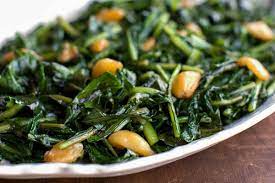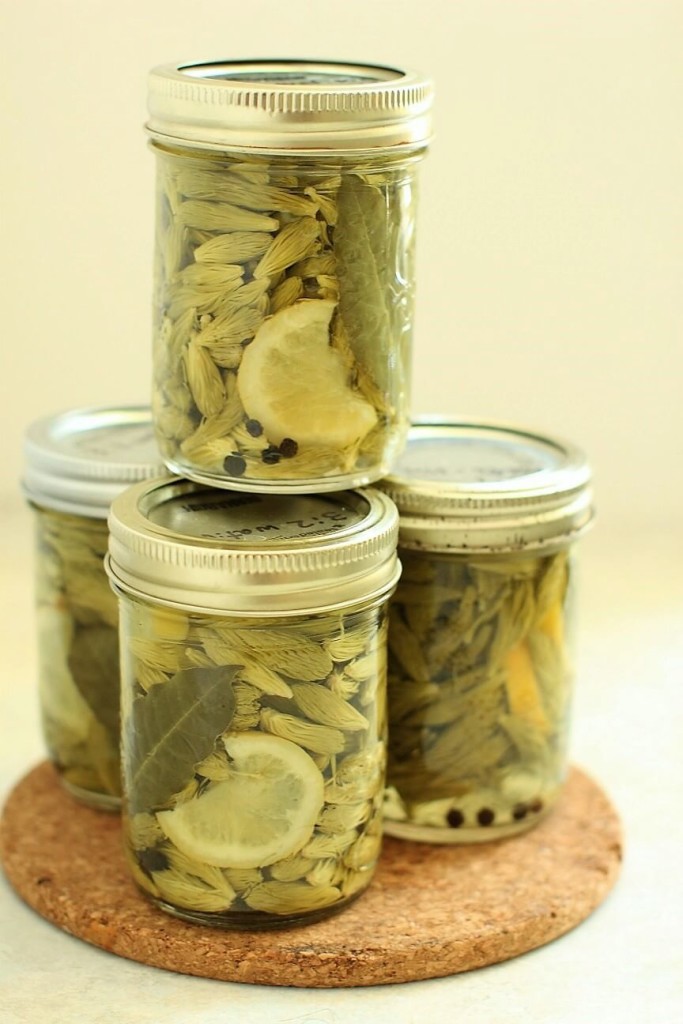Dandelion Pesto Pasta with Italian Sausage & Mushrooms
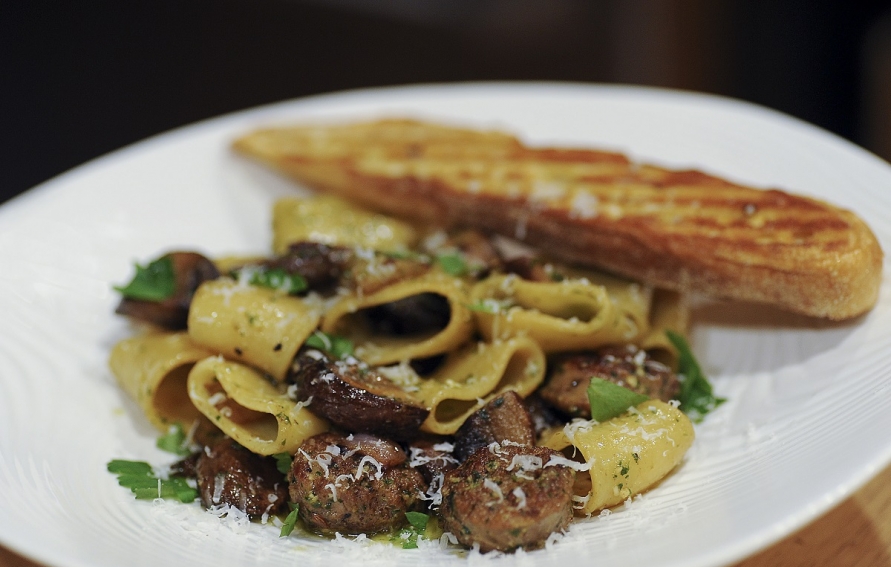 Dandelion Pesto Pasta with Italian Sausage & Mushrooms
Dandelion Pesto Pasta with Italian Sausage & Mushrooms
12 ounces of rinsed then dried dandelion leaves (you can substitute arugula)
4 cloves garlic, peeled
6 T. pine nuts, lightly toasted
Pinch of sea salt and crushed black pepper
1 cup freshly grated Parmesan, divided in half
¾ cup extra virgin olive oil
Olive oil for cooking
1 pound calamari pasta (calamari is a tubular pasta) or orecchiette pasta
1 pound Italian sausage (sweet or hot), cut into ½-inch pieces
1 pound baby bella mushrooms (or mushrooms of your choice), cut into ½-inch pieces
1 medium Vidalia onion, medium chop
Place the greens, garlic, pine nuts, sea salt and pepper, and half the Parmesan in a food processor. Pulse while adding the olive oil, little by little, until the mixture becomes a paste. In a sauté pan, add enough oil to coat the pan. Heat to medium-high. Add the sausage and cook through for 10-to-12 minutes. Add onions and then mushrooms. Cook for another 8-10 minutes. Let simmer. Meanwhile, cook the pasta according to directions for al dente. With a slotted spoon, add the cooked pasta to the pan with the sausage. Cook for about 3 minutes. Add the pesto, a little at a time, until the pasta is nicely coated. Plate with a sprinkle of remaining Parmesan, and, if you like, red pepper flakes.
 Wild Berry and Thyme Ice Cream
Wild Berry and Thyme Ice Cream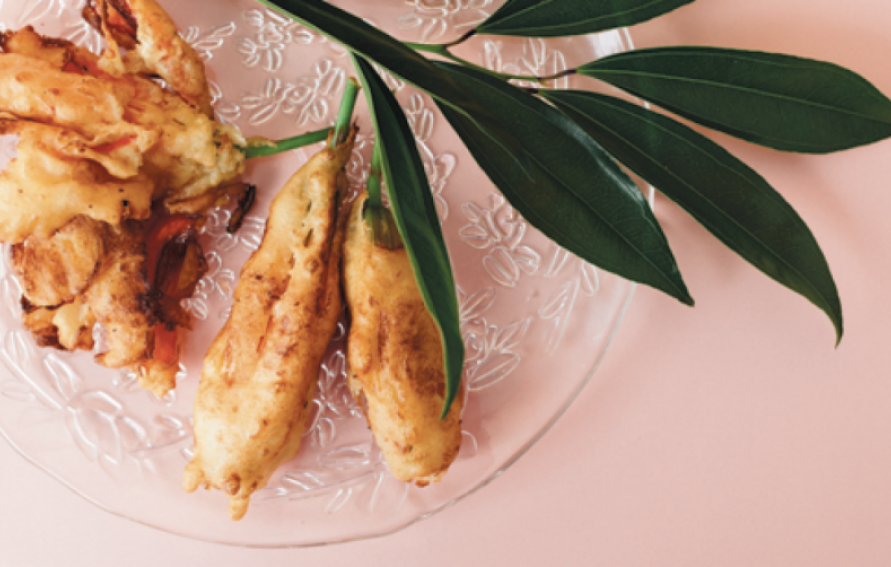 Daylily Flower Fritters
Daylily Flower Fritters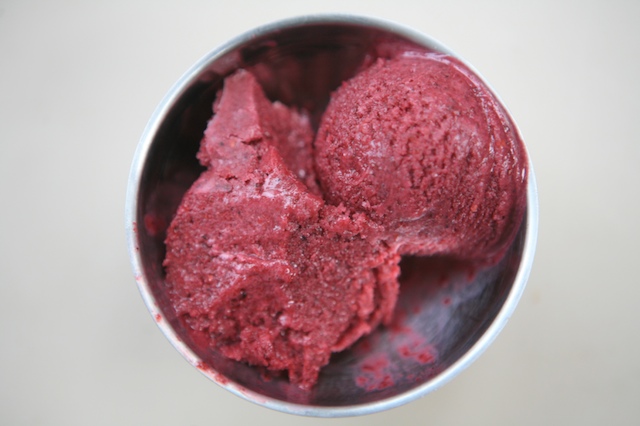 Mulberry Sorbet
Mulberry Sorbet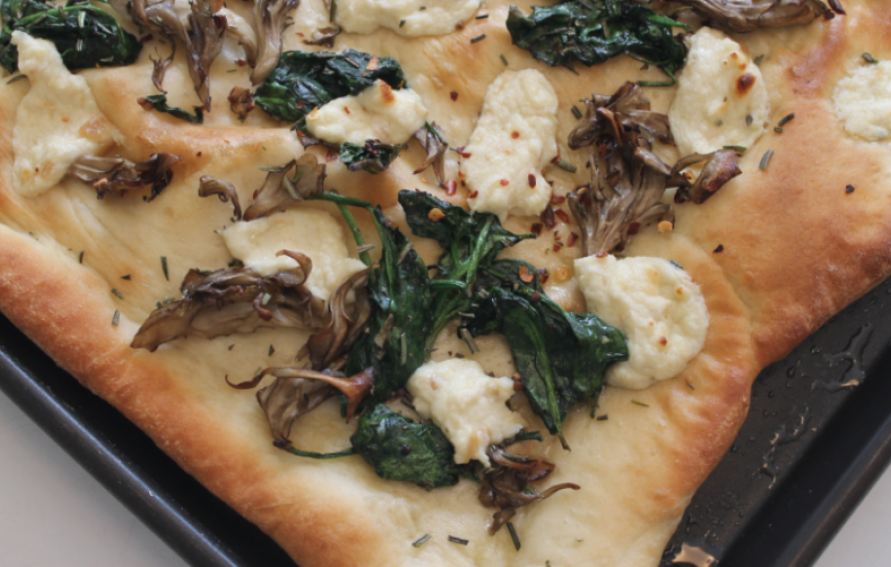 Roasted Garlic Ricotta, Ramp and Wild Mushroom Flatbread
Roasted Garlic Ricotta, Ramp and Wild Mushroom Flatbread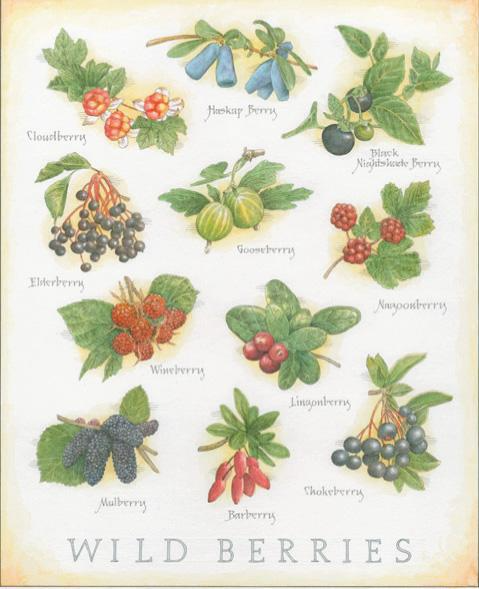
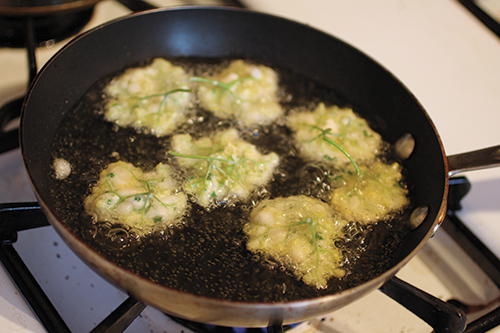 forElderflower Chive Fritters
forElderflower Chive Fritters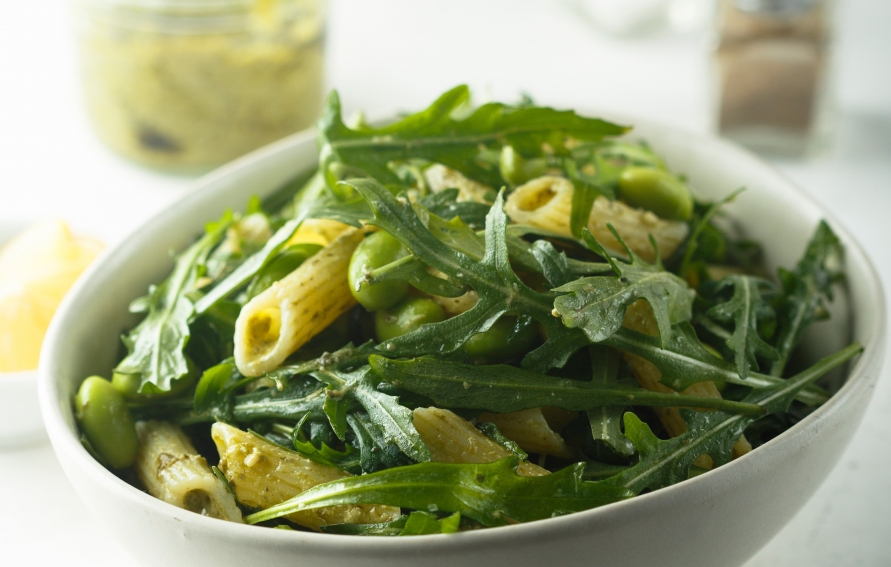 Dandelions al dente
Dandelions al dente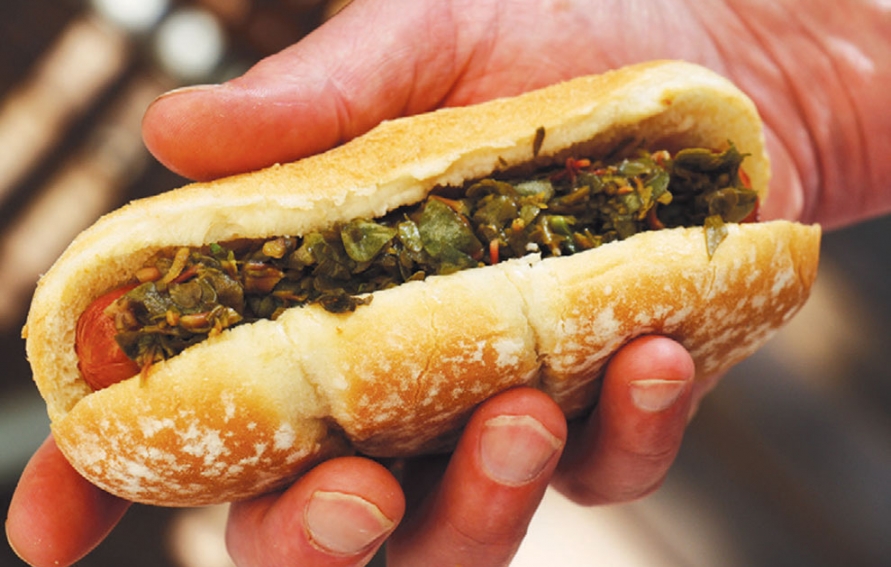
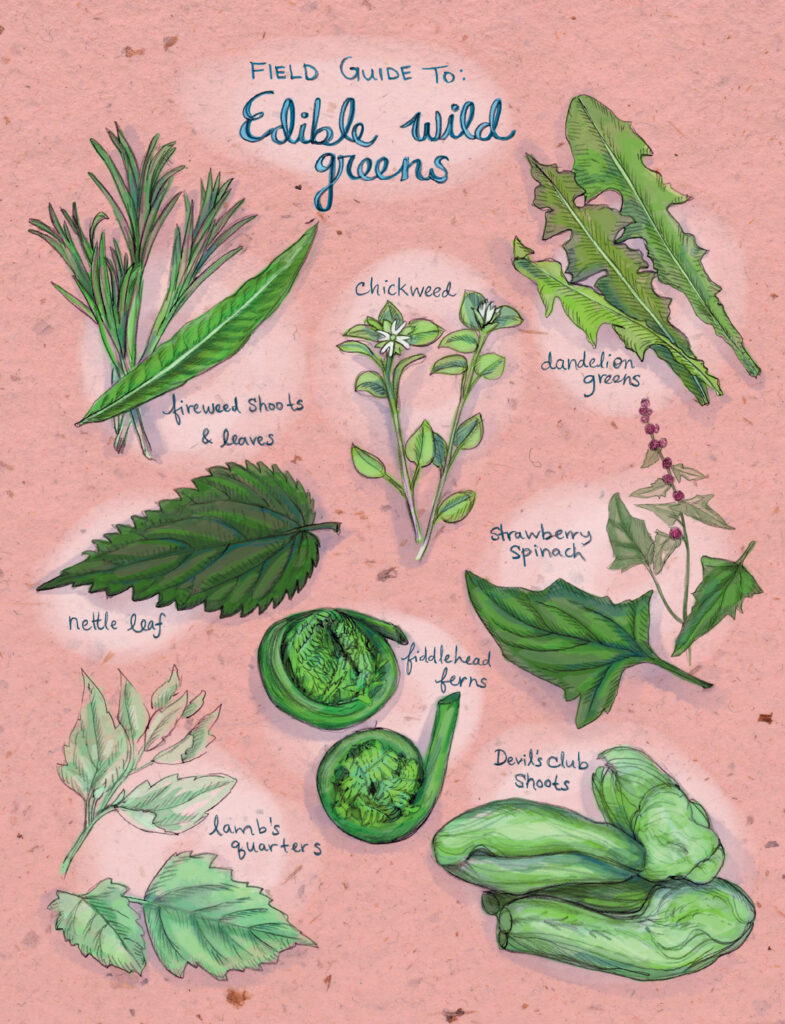
 Fiddlehead Fried Rice
Fiddlehead Fried Rice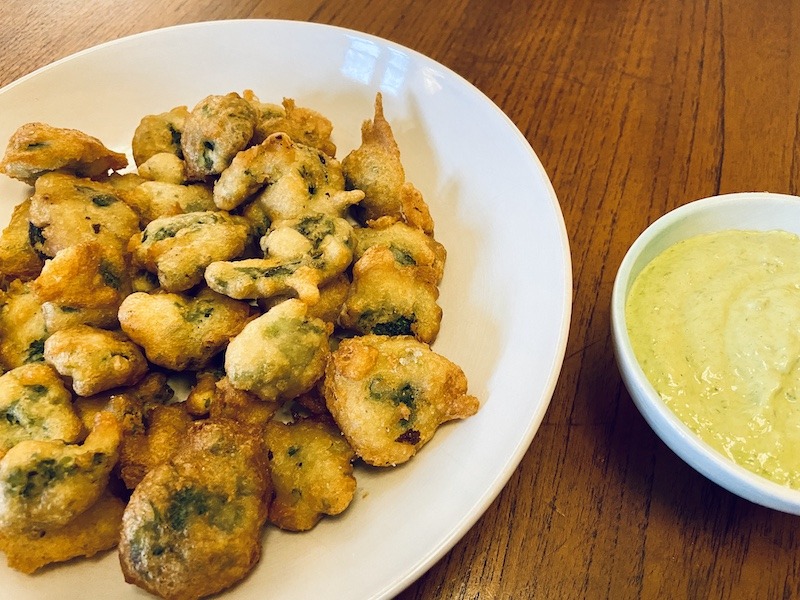 Beer-Battered Fiddleheads
Beer-Battered Fiddleheads Milkweed Buds with Ginger & Soy
Milkweed Buds with Ginger & Soy Franny’s Bucatini with Ramps
Franny’s Bucatini with Ramps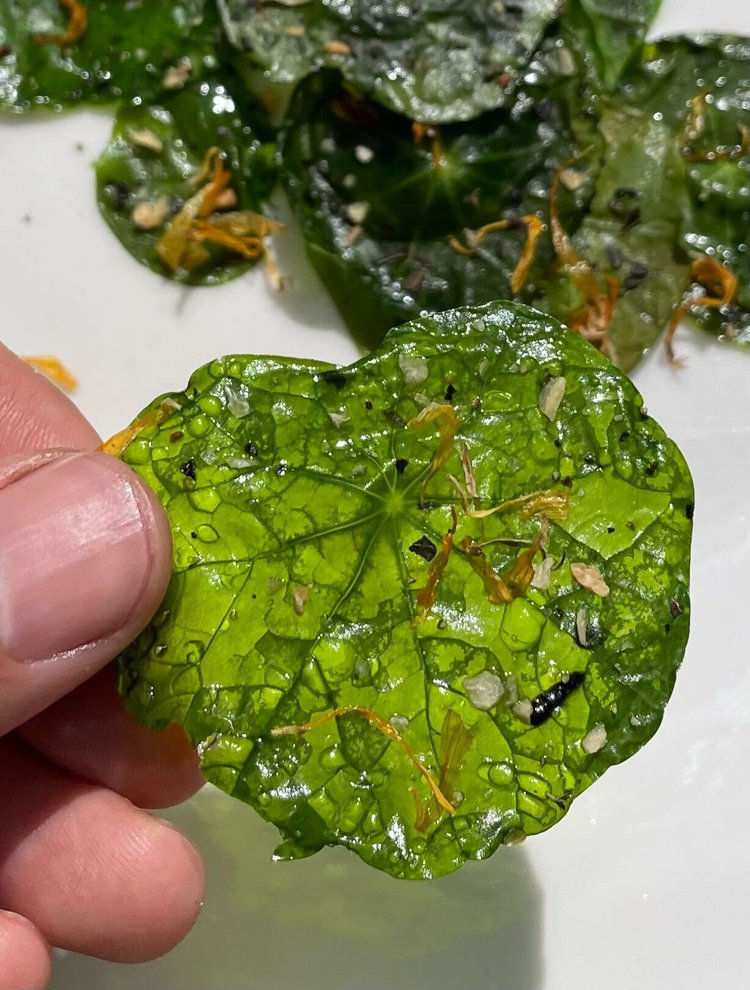 Nasturtium Chips
Nasturtium Chips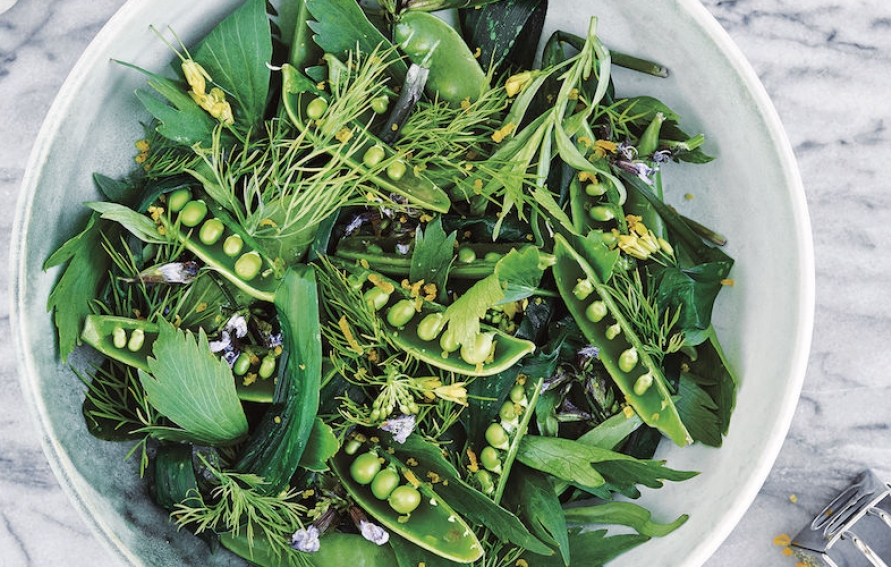 Spring Salad with Ramps and Herbs
Spring Salad with Ramps and Herbs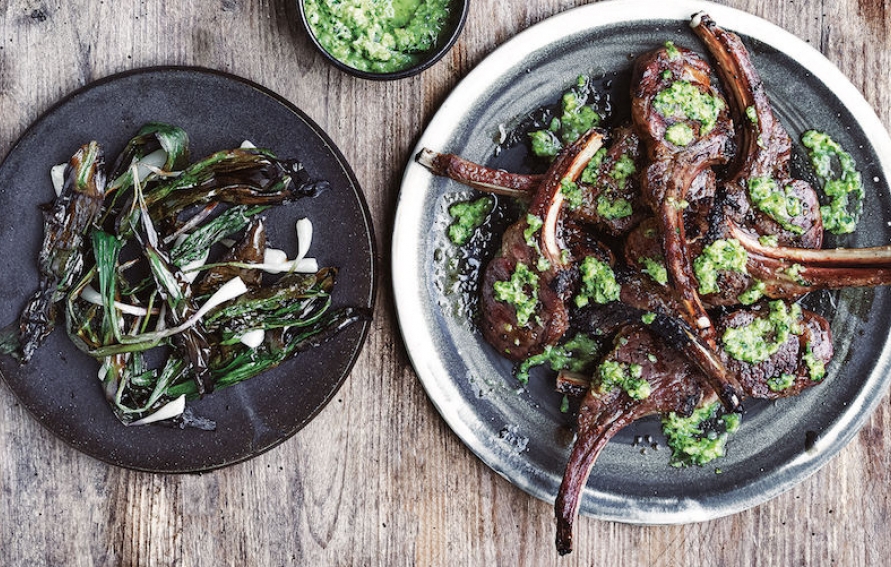 Lamb Chops with Lovage and Ramps
Lamb Chops with Lovage and Ramps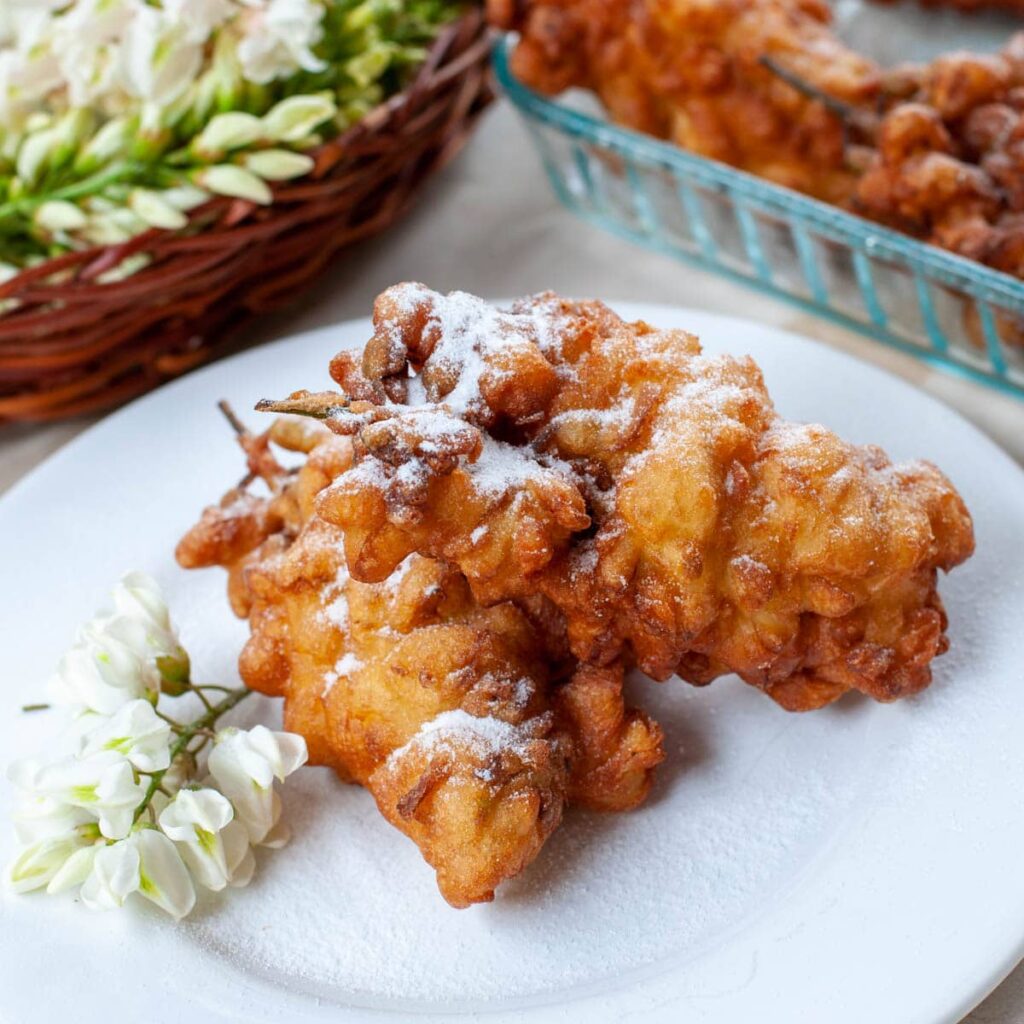 Acacia Flower Fritters
Acacia Flower Fritters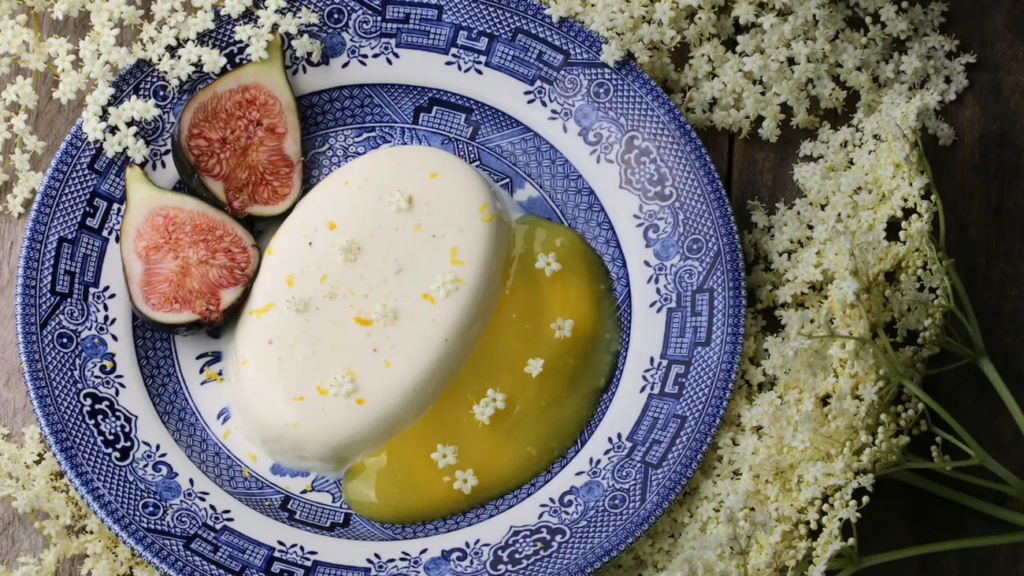 Elderflower Panna Cotta with Lemon Sauce
Elderflower Panna Cotta with Lemon Sauce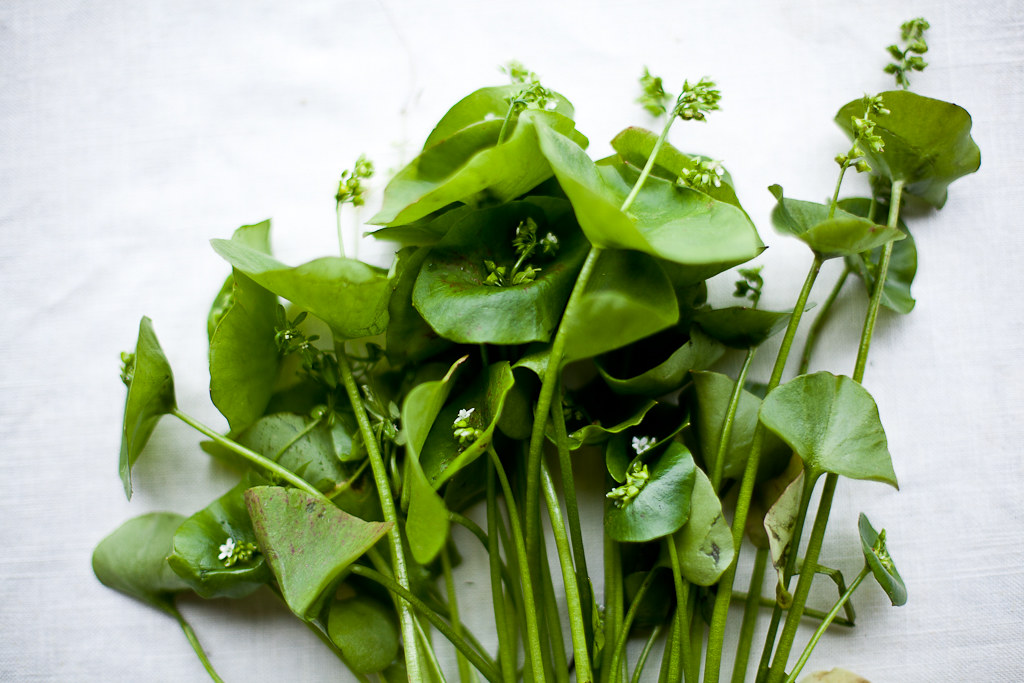 Miner’s Lettuce, Potato and Bacon Salad with Buttermilk Chive Dressing
Miner’s Lettuce, Potato and Bacon Salad with Buttermilk Chive Dressing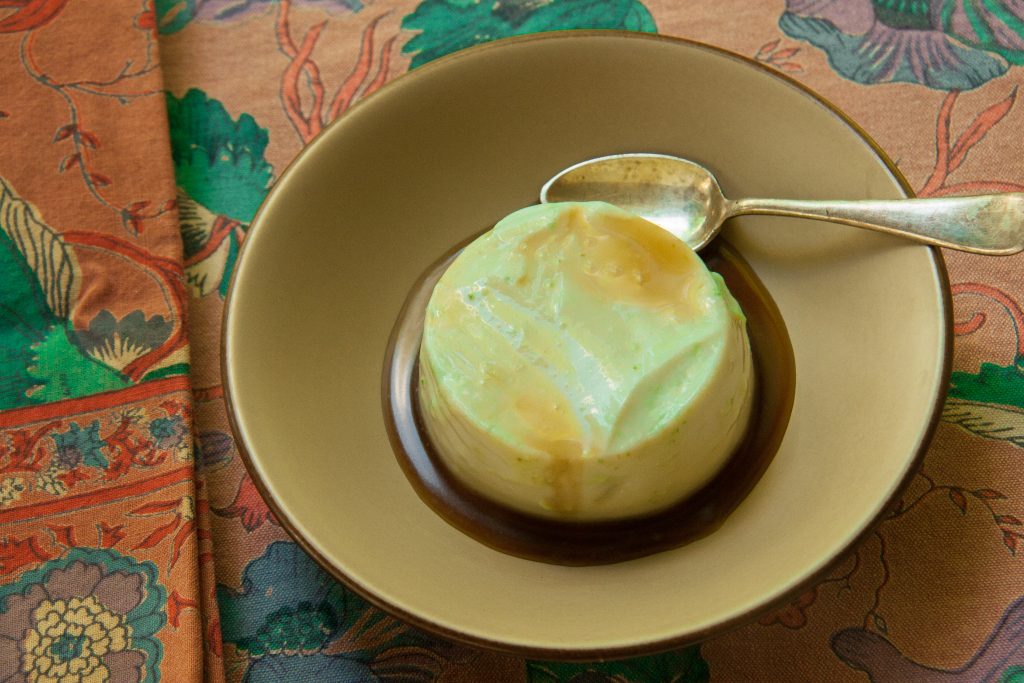 Spruce Tip Panna Cotta
Spruce Tip Panna Cotta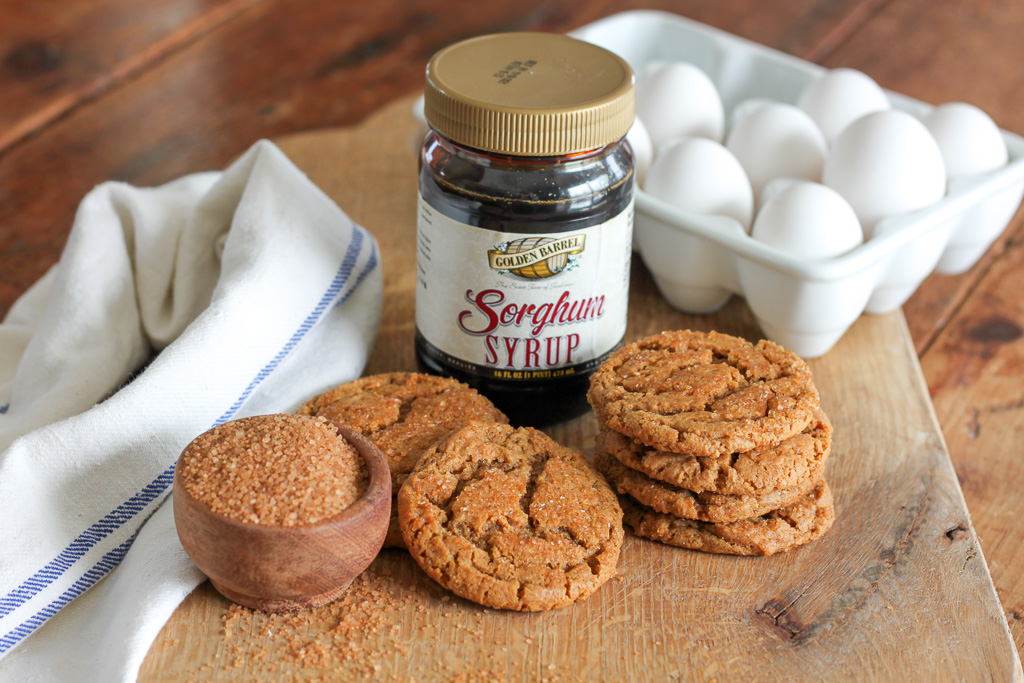 Triple Ginger Snaps with Sorghum
Triple Ginger Snaps with Sorghum Foraged Wild Chai Masala
Foraged Wild Chai Masala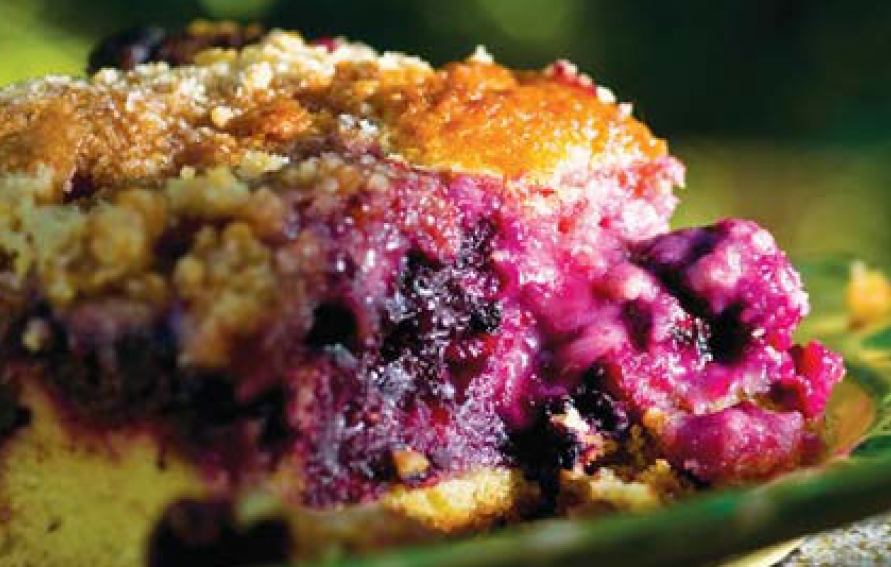 Mulberry Crumble Cake
Mulberry Crumble Cake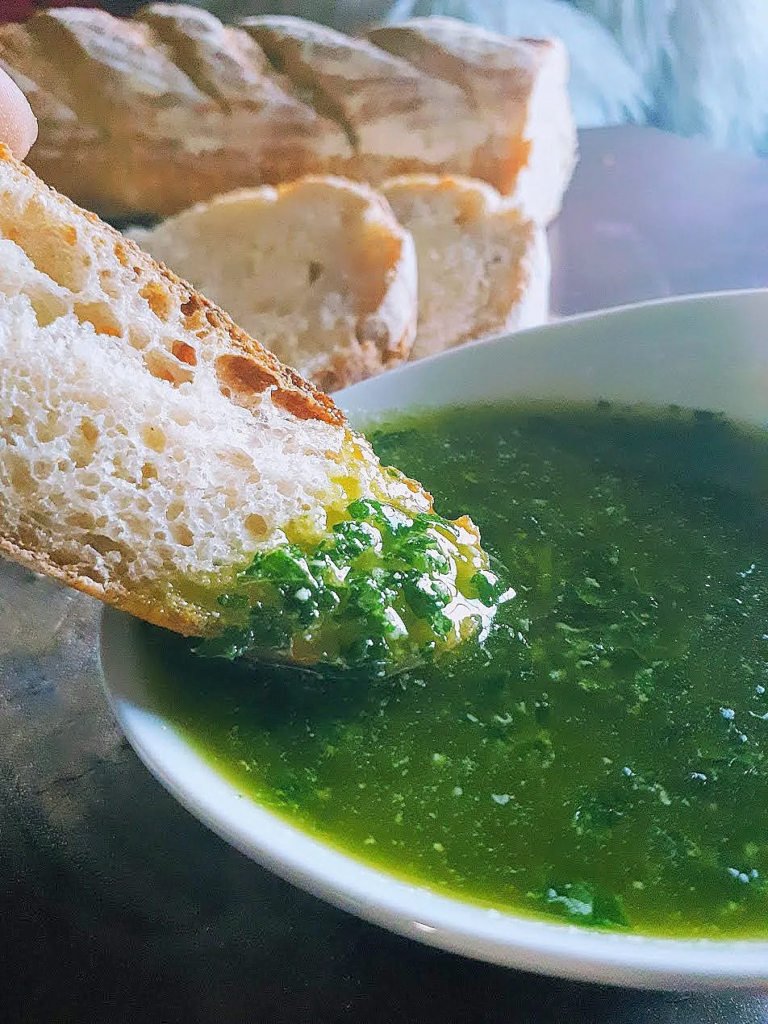 Garlic Mustard & Olive Oil Bread Dip
Garlic Mustard & Olive Oil Bread Dip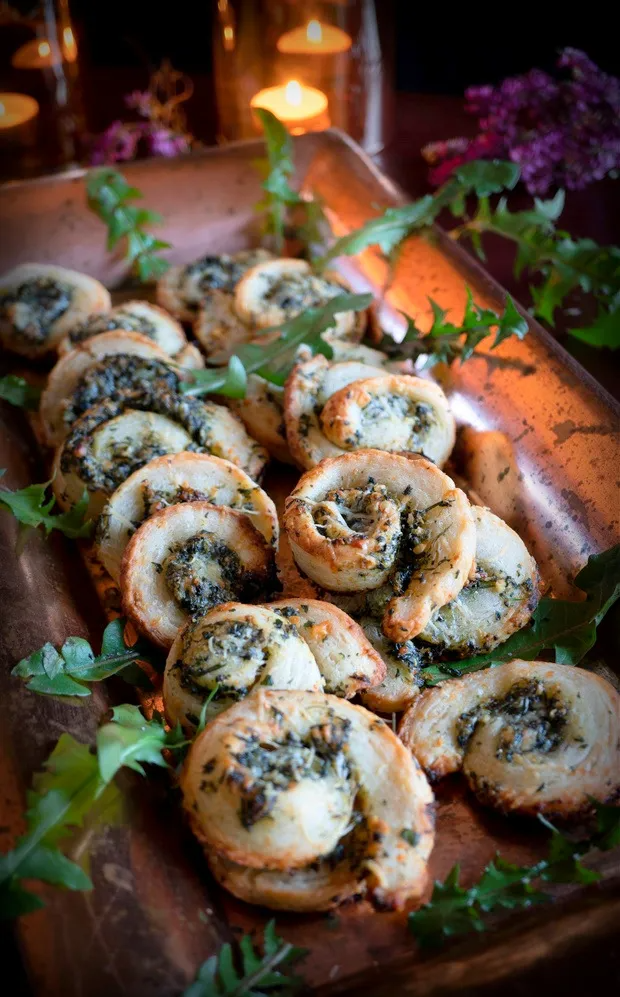 Cheesy Dandelion Spirals
Cheesy Dandelion Spirals Spiced Lavender Scented Citrus Salad
Spiced Lavender Scented Citrus Salad Peas with Nasturtium Blossoms and Mache Lettuce
Peas with Nasturtium Blossoms and Mache Lettuce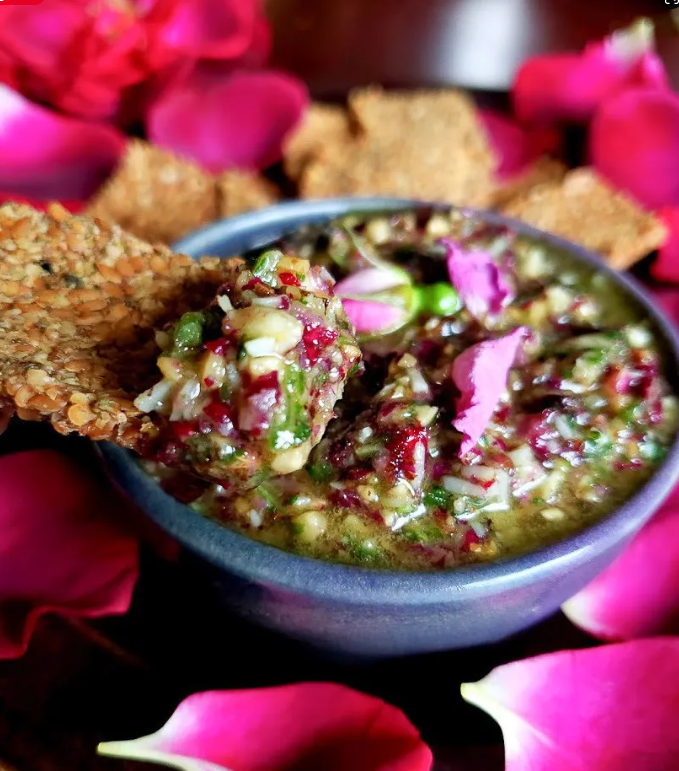 Chunky Rose Petal Pesto
Chunky Rose Petal Pesto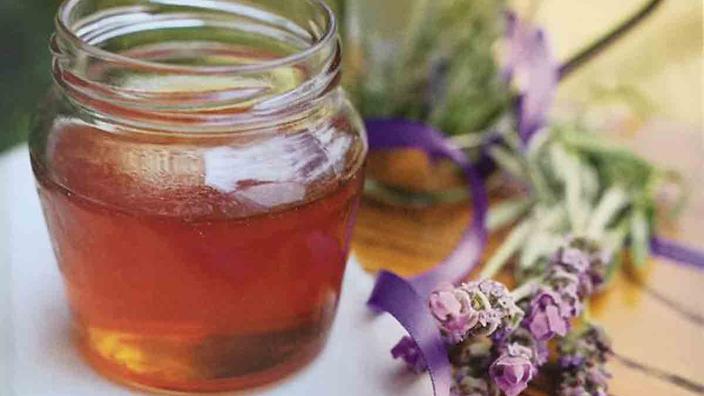
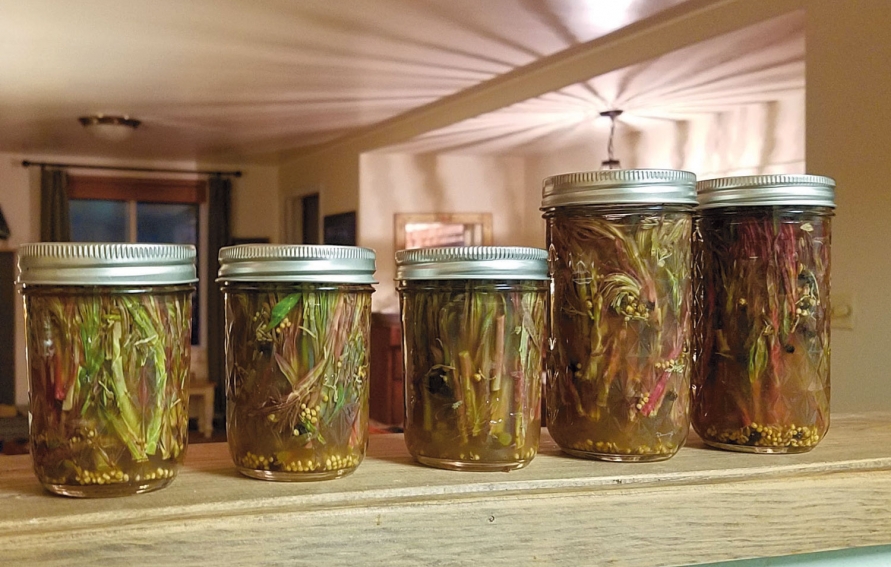
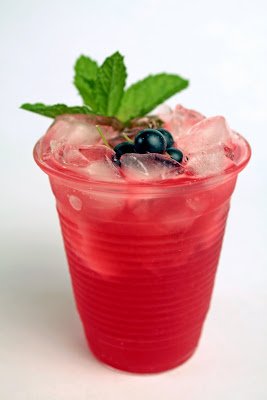 Purple Lemonade
Purple Lemonade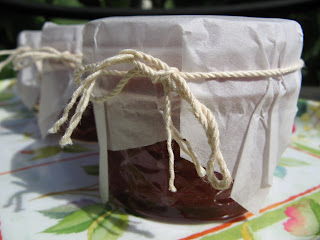 Black Currant Sun Jelly
Black Currant Sun Jelly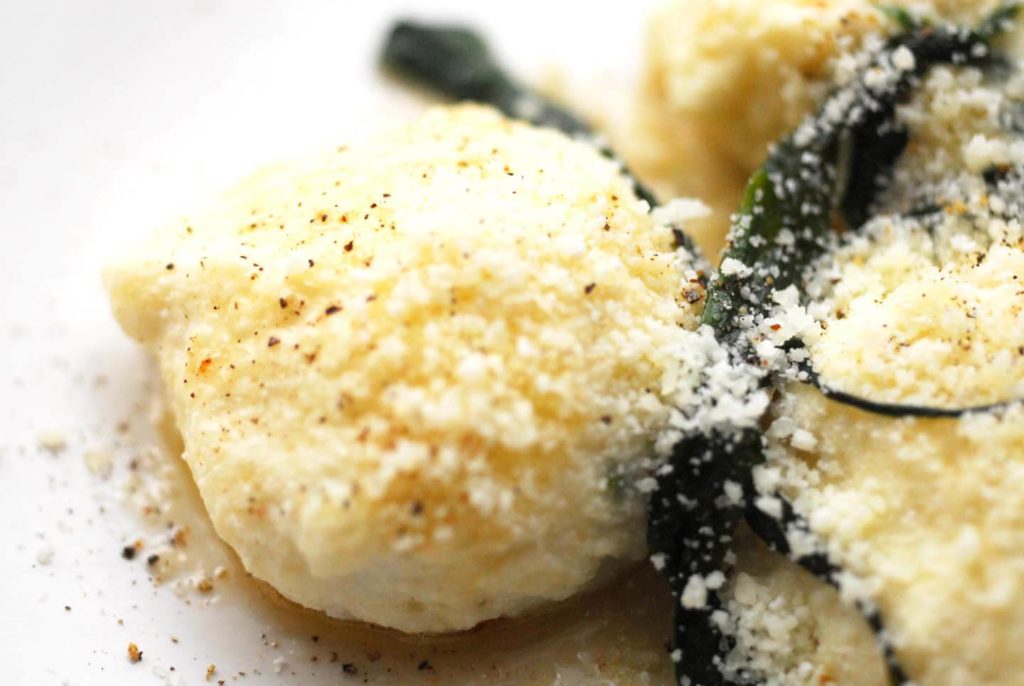 Gnudi with Ramps and Brown-Butter Sauce
Gnudi with Ramps and Brown-Butter Sauce Sausage Tortellini Soup with Ramp Greens
Sausage Tortellini Soup with Ramp Greens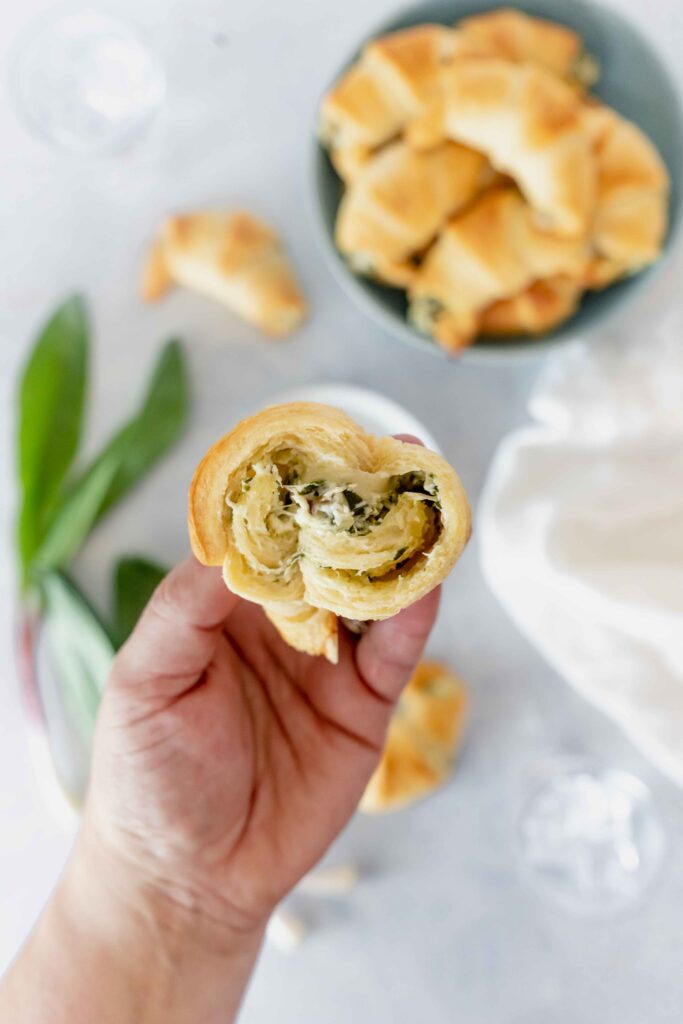 Ramp Filled Crescents
Ramp Filled Crescents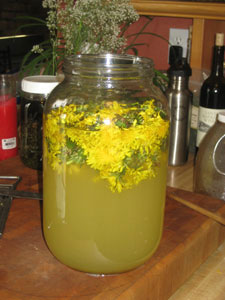 Dandelion Lemonade
Dandelion Lemonade
